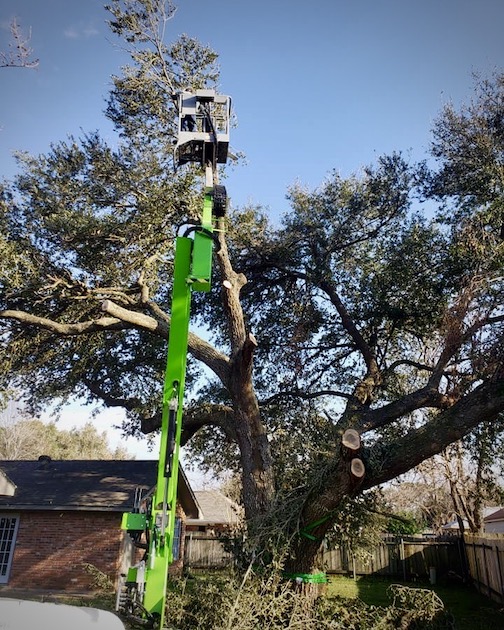5 Signs of Tree Danger: How to Inspect Your Trees for Safety
Trees can bring so much beauty and life to your property. However, sometimes, there’s more than meets the eye when it comes to tree safety. While a tree may appear lush and green, it may not be structurally safe. That’s why it’s essential to conduct regular tree safety inspections, especially after severe weather conditions.
As a property owner, you must take steps to keep your trees healthy and secure. To ensure the safety of your trees, it’s important to look out for the following common signs:
- Broken, dead, or hanging branches – These branches can pose a threat to anyone or anything in close proximity to the tree. If you notice any broken, dead, or hanging branches, it’s essential to get them removed as soon as possible.
- Cracks, fungi, and cavities – Over time, trees can develop cracks, fungi, and cavities. If not addressed, these can weaken the overall structure of the tree and increase the risk of a tree falling over.
- Weak trunk or branch unions – The connection between the trunk and branches is critical for the stability of a tree. If you notice any signs of weakness in these areas, it’s important to take action.
- Encircling roots compressing the trunk – When roots encircle the trunk, it can cause the tree to become unstable. A flat-sided trunk at ground level is a good indicator of this issue.
- Recent lean – If you notice that your tree has started to lean, especially if the soil or grass has lifted on one side, it’s essential to take action.
If you notice any of these signs, or if you’re not sure, don’t hesitate to contact a local, licensed, and insured tree service. They will be able to assess the situation and recommend the best course of action to keep your trees and property safe.
The team at Preferred Tree Healthcare is fully licensed, insured, and experts in tree removal. We have the experience and equipment to handle all your tree needs, from safety inspections to tree removal. Contact us today to schedule your tree safety inspection and keep your property and loved ones safe.
The Tree Owners Manual from USDA has a lot of great information. To learn more about taking care of your trees, check out the free guide:
https://www.fs.usda.gov/naspf/publications/tree-owners-manual-national-edition







